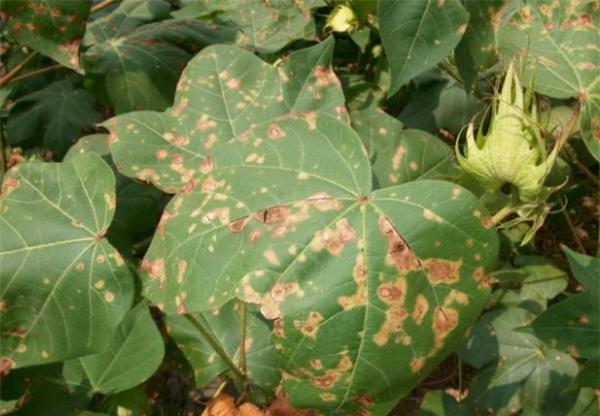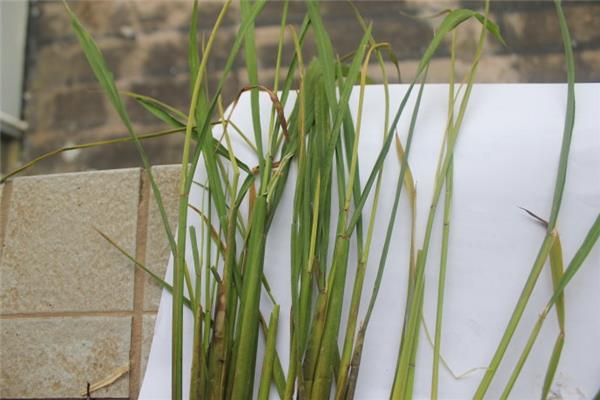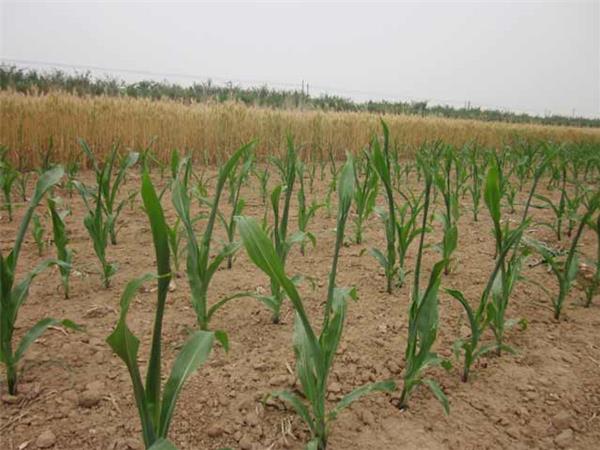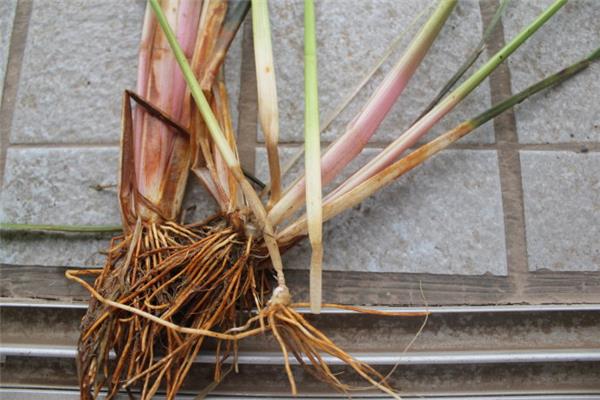[herbicide damage] how to avoid herbicide damage
There are many reasons for herbicide damage, let's list four below, and then see how to avoid herbicide damage.

Causes of herbicide damage
1. Improper use: due to the strong specificity of herbicides, a herbicide is limited to a certain range of plant species, and can not be expanded at will, let alone misused, otherwise it will harm flowers and plants.
two。 Inappropriate time: herbicides have a certain suitable period for the safety of flowers and plants, such as Natiyun and other hormone-type herbicides, to carpet grass, buffalo, Zoysia, purple fescue and other Gramineae lawn plants in the vegetative growth period, it is not only safe, but also has good efficacy. However, the use of drugs in the reproductive growth period of Gramineae lawn plants will seriously affect their growth and development and cause damage.
3. Improper dose: sometimes increasing the dose at will can improve the effect of weeding, but it can also bring harm to flowers. For example, some efficient herbicides, such as stably killing, such as increasing the dose, will significantly inhibit or even stop the growth of flowers and plants.
4. The use of fake and shoddy products, improper operation, unreasonable mixing, dirty cleaning of spraying equipment and then used to spray pesticides, etc., will cause drug damage.

Herbicides affecting subsequent crops
1. Quick kill paspalum (dichloroquinolinic acid): no crops except rice can be planted within 300 days, eggplant and tobacco can not be planted within 12 months, and tomatoes and carrots can not be planted within 2 years. In addition, Umbelliferae crops such as carrots, celery and parsley are very sensitive to paspalum and should not be irrigated with water from rice fields where paspalum is applied too fast.
two。 Chlorosulfuron: it has a long retention period in the soil, and it is not suitable to grow beet, rice, potatoes, melons, vegetables, sorghum and cotton.
3. According to the experiment, alfalfa, wheat, barley, corn, potato, sweet potato, sweet potato, soybean and grass can be planted after 4 months, rice and cotton can be planted after 8 months, crops other than root crops can be planted after 12 months, onions, sugar beets and other root crops can be planted after 18 months after applying 42-1120 grams of active ingredients per hectare. At present, it is generally recommended that the dose of active ingredient is 210-560 grams per hectare, which is generally safe for subsequent crops.
4. Guangmianling: it is reported that rice, cotton, corn, pepper, tobacco and cucurbitaceae crops can be grown 9 months after application, and all crops can be grown after 16 months with an active ingredient of 1400 grams per hectare. At present, it is generally recommended that the amount of active ingredient is 480 grams per hectare. This dose mixed with other drugs will not have any effect on later crops, but heavy spraying will have a slight effect on wheat.

Matters needing attention in the use of herbicides
1. To check the application of medicine and equipment.
two。 Do not blindly mix with other pesticides, especially pay attention to acid pesticides and alkaline pesticides. However, it can be selectively mixed, for example, Acetochlor can be mixed with atrazine, which can expand the scope of controlling broad-leaved weeds.
3. It is advisable to postpone the application of soil moisture when there is a lack of soil moisture in the field, and rush to apply it when it is sufficient.
4. Spray evenly, neither missed nor re-sprayed
5. When applying pesticide, we should pay attention to the direction of the wind and not affect the crops in the adjacent fields.
6. If it is washed by rain after application, supplementary spraying should be carried out.
7. In order to use herbicides of the same nature and different varieties alternately, it is not suitable to apply one herbicide continuously.
8. Strictly according to the prescribed dosage, it is not suitable to increase the concentration at will.

It seems that how to use herbicides scientifically and correctly is really a knowledge. in fact, what we want to say here is that if we are not friends who grow plants and crops in large quantities, we should try our best to avoid using herbicides in the process of weeding. Generally, artificial methods are used to clean up weeds, which is the best way to protect plants.
- Prev

Maintenance of Dichondra Grass Lawn how to raise Dichondra grass so as not to get sick
Maintenance of Dichondra Grass Lawn how to raise Dichondra grass so as not to get sick
- Next

Planting and Seedling cultivation and Pest Control techniques of Italian Poplar
Planting and Seedling cultivation and Pest Control techniques of Italian Poplar
Related
- Wuhan Hospital Iron Tree Blooming Result Was Instantly Frightened by the Gardener Master
- Which variety of camellia is the most fragrant and best? Which one do you like best?
- What is the small blue coat, the breeding methods and matters needing attention of the succulent plant
- Dormancy time and maintenance management of succulent plants during dormancy
- Minas succulent how to raise, Minas succulent plant pictures
- What are the varieties of winter succulent plants
- How to raise succulent plants in twelve rolls? let's take a look at some experience of breeding twelve rolls.
- Attention should be paid to water control for succulent plants during dormant period (winter and summer)
- Watering experience of twelve rolls of succulent plants
- Techniques for fertilizing succulent plants. An article will let you know how to fertilize succulent plants.

